Impact and Harm of Toxic Gases NH3-NO2 in Shrimp Ponds
1. Sources
The primary sources of toxic gases NH3 and NO2 in shrimp ponds are nitrogen compounds derived from:
- Shrimp Waste: During feeding, shrimp absorb only 25% of the protein in their food. The remaining 75% is excreted as waste.
- Feed: Some protein in the feed dissolves into the water. Excess feed that is not consumed falls to the pond bottom, leading to pollution.
- Decomposing Shrimp and Algae: Dead shrimp and fallen algae decompose, releasing nitrogen compounds.
- Contaminated Water Sources: Water from rivers that enter the pond may carry decomposing plant and animal matter, as well as excess fertilizers like urea and NPK.
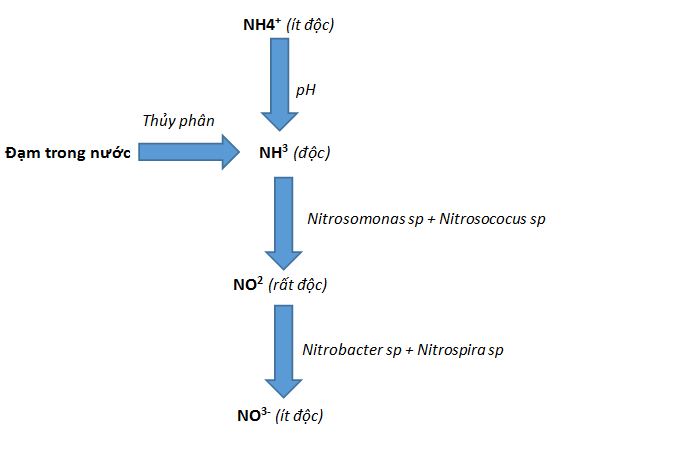
2. Mechanism
- When pH is between 7.5 and 8.5, ammonia (NH4+) predominates. Although the environment is suboptimal, it does not severely affect shrimp.
- When pH exceeds 9, ammonia (NH3) becomes dominant, which has a significant negative impact on shrimp.
- Specifically, the bacteria Nitrobacter sp. and Nitrosomonas sp. are aerobic microorganisms that thrive and function effectively in high dissolved oxygen environments.
- Dissolved Oxygen's Role: High levels of dissolved oxygen are critical for detoxifying NH3. Adequate oxygen accelerates the nitrification process. This process occurs naturally but relies on low bacterial populations and low dissolved oxygen in natural settings, leading to slow nitrate formation. This slow process causes NH3 and NO2 levels to rise quickly, resulting in high concentrations in the pond. Consequently, shrimp growth is slowed, and mortality risk increases.
3. Symptoms of Toxic Gas Impact on Shrimp
- Slow growth.
- Shrimp gathering near the surface or gasping for air.
- Disease outbreaks and mass mortality.
4. Management Strategies
- Use Beneficial Bacteria: Apply beneficial bacteria at the start and regularly to increase beneficial microorganism levels in the pond.
- Increase Dissolved Oxygen: Ensure high levels of dissolved oxygen.
- Maintain pH Balance: Keep pH levels within the acceptable range, avoiding extremes.
- Prevent Overfeeding: Adjust feeding amounts, especially in cooler temperatures, to avoid excess feed.
- Regular Water Changes: Perform water changes periodically to manage toxin levels.
Ngày đăng : 14/08/2024
1443 View
Other Articles
Global Shrimp Forum: Global shrimp trade is reshaping
China’s Import Value Up 10%, Vietnamese Shrimp Remains Among Leading Suppliers
After the 7.5-magnitude offshore earthquake in Aomori that injured 34 people, Japan has issued a warning about a potential mega-earthquake
India’s shrimp exports accelerate despite the trade war with the United States
Portuguese food group acquires 18% stake in cod farming company Norcod
Indonesia implements radioactive-free shrimp certification for exports to the United States
India is world’s second-largest shrimp producer. That is now under threat
Ca Mau’s shrimp industry moves towards “green” growth
Floods devastate aquaculture, processing operations in Vietnam
Ecuador Leads Global Shrimp Exports, Surpassing USD 7 Billion in 2025
India's marine product exports rise 16% as new markets offset US dip
Skretting presents the first shrimp feed with insect meal in Vietnam








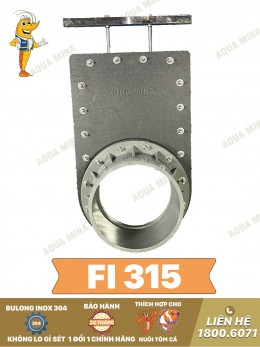
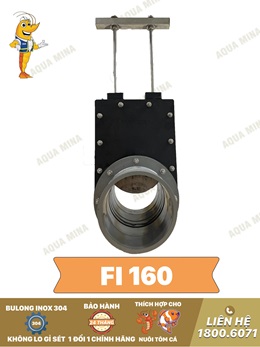
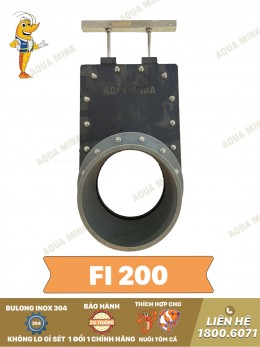
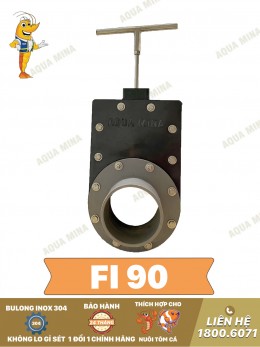
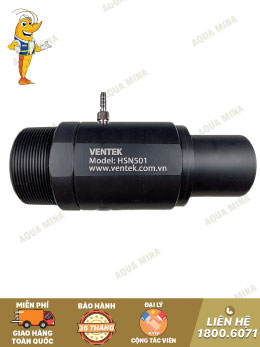
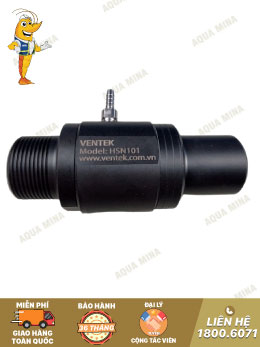

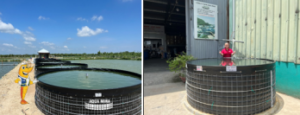
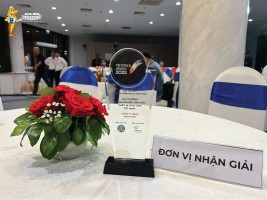
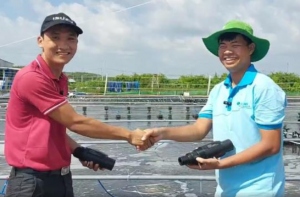
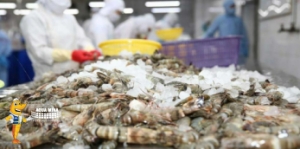
.jpg)